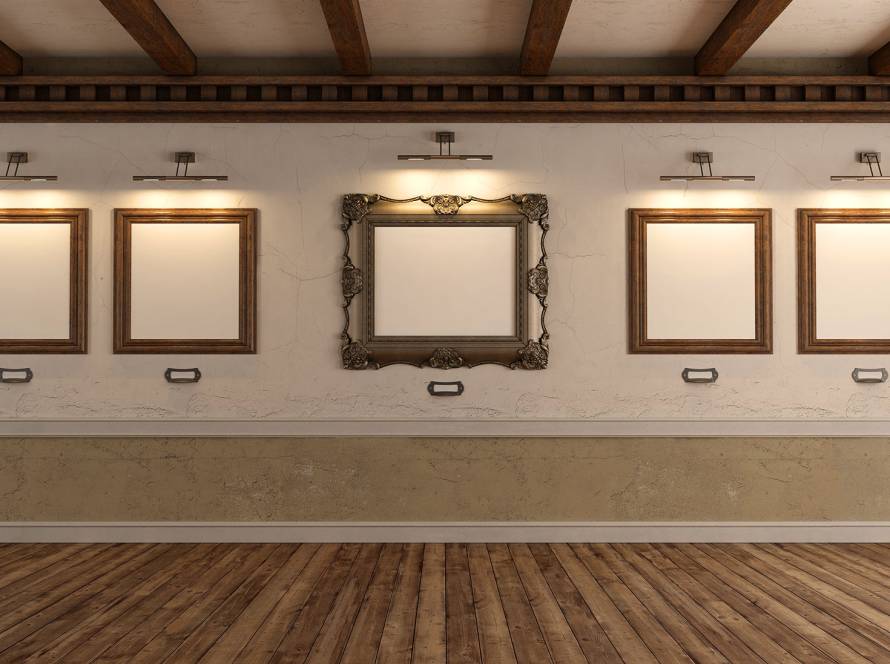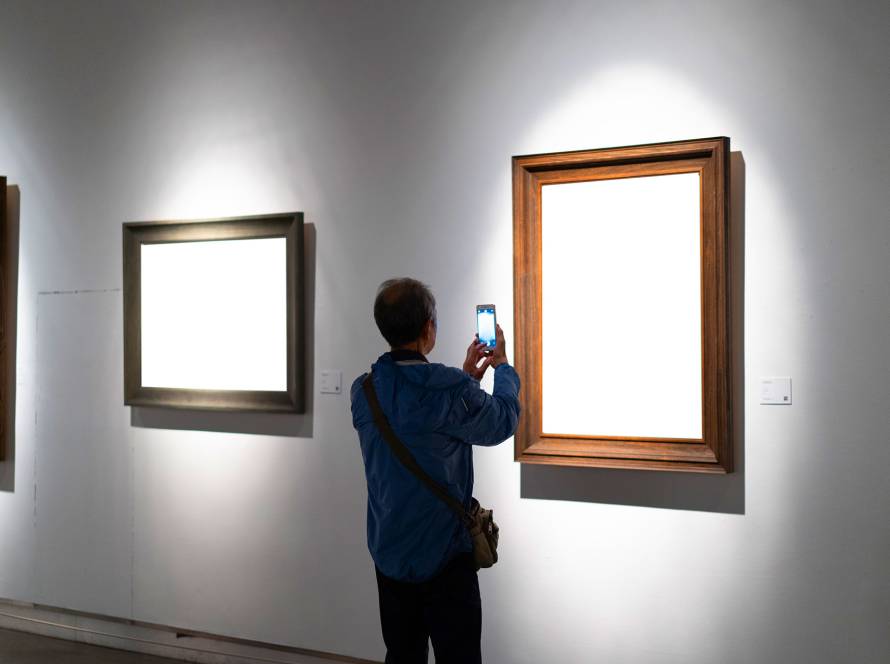Art isn’t just decoration; it’s memory, emotion, and legacy frozen in color. The right frame doesn’t simply display a piece; it protects it, nurtures it, and helps it travel through time untouched. Yet so many artworks fade, warp, or crumble because of small mistakes, choices that seemed fine at first but quietly took their toll.
If you want your art to outlive trends and seasons, here’s how to make it last for generations.
Acid Is the Silent Enemy
Acid doesn’t make noise. It just works slowly, eating away at paper fibers, yellowing photos, and dulling paint. Many cheap mats, cardboard backings, or adhesives are loaded with acid, and that’s where the damage begins.
The solution is simple: go acid-free. Archival mats, pH-neutral tapes, and museum-grade backing boards create a safe, balanced environment.
Once you use acid-free materials, time becomes your ally instead of your adversary.
Light Loves and Destroys
Sunlight gives art its glow, but it also steals it. Ultraviolet rays break down pigment molecules by molecule, bleaching what was once bright into something pale and lifeless.
Protect your artwork with UV-resistant glass or acrylic. Each has its strengths:
- Acrylic is light, durable, and perfect for large or high-traffic spaces.
- Glass offers crystal clarity and a classic look for smaller pieces.
Both keep the light where it belongs, on the art, not in it.
Let Your Art Breathe
A common mistake? Pressing the art flat against the glass. It feels snug and secure, but it’s a trap. Without airflow, moisture builds up, mold forms, and the paper sticks to the glass.
Professionals leave space using mats or invisible spacers. It’s barely noticeable but completely essential. That tiny air gap gives your art room to breathe, keeping it fresh and alive.
The Back Matters as Much as the Front
Flip a frame over and you’ll learn everything about its quality. The back is the hidden armor. Dust covers, proper seals, and sturdy hanging hardware all work quietly to protect the piece.
Moisture, dust, and insects all sneak in through weak points. A properly sealed back stops that invasion before it starts.
Think of it like weatherproofing for your art, unseen, but invaluable.
Placement Can Make or Break It
Even the best framing can’t fight bad placement. Hang your art near a sunny window, a radiator, or a damp basement wall, and you’ve already started the countdown to its decay.
Choose walls with steady temperature and low humidity. Avoid direct sunlight. And remember, air conditioning vents and fireplaces can dry or warp delicate materials.
Good framing protects. Smart placement preserves. Together, they make the difference between a piece that fades and one that endures.
Conclusion
Framing isn’t just craft, it’s care. It’s knowing that the smallest decisions, a mat here, a spacer there, the right glass, add up to a lifetime of protection.
When done right, the frame disappears, and all that remains is the art, vivid, whole, and ready to be passed down to the next generation.



